As one of the most popular marketing methods, native advertising is booming these days. It’s one of the most effective ways for brands and advertisers all over the world to expand their customers base and garner great brand awareness in an unobtrusive and non-aggressive manner. The versatility of this advertising method makes it possible to implement it in various different forms and shapes depending on the design and function of the serving platforms.
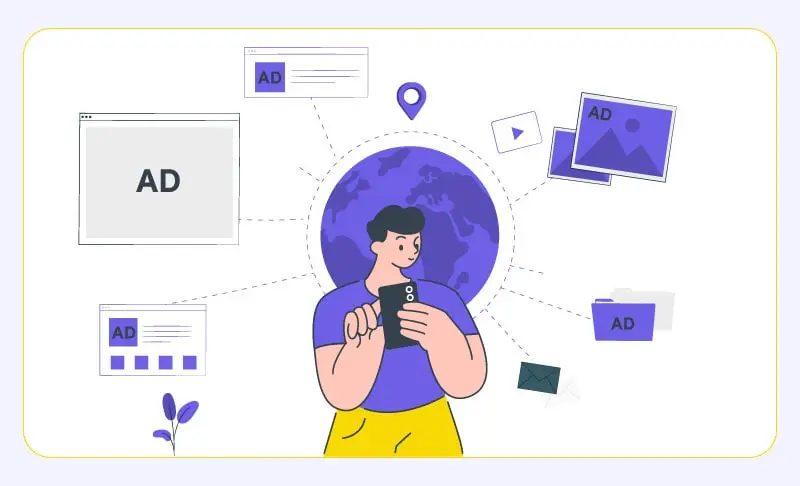
Since native ads blend seamlessly with their surroundings, advertising platforms are constantly developing new and innovative ways to integrate these ads into their apps, websites, and services. If you’re looking to adopt native in your business’ advertising strategy, we strongly recommend you get familiar with native advertising definition and characteristics of the most-used native ad formats in the market right now. Keep reading to learn more.
What is native advertising?
Native ads to promote a business, product, or service without actually looking and sounding like an advertisement. Ads of this kind emulate the look, feel, and function of the environment they’re being served on and mainly appear like an organic post or a normal feature of the host. However, this doesn’t mean native deceives the audience by totally disguising as organic. To avoid confusion and misleading the audience, native ads always contain some sort of indicator that gives away their nature. This could be a tiny “Ad” badge or a “Sponsored” tag at the start or end of the ad.
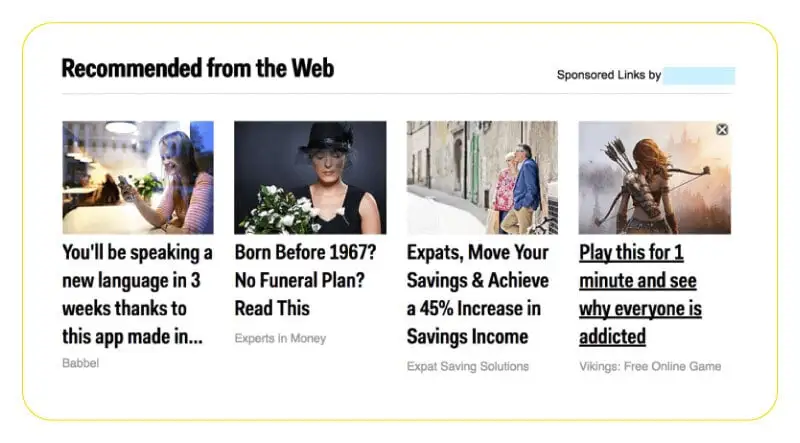
As you might guess, native advertising has dozens of different shapes and forms since it could basically morph into whatever shape the serving platform wants. The first instance of native ads emerged in the early 20th century, when publications start promoting brand through pieces that sounded like genuine journalistic articles. The whole concept began to take shape at this time; Native ads were promotion that didn’t look like promotions and actually tried to bring value to the audience. The core objective remains the same today, only with plenty more ways to achieve it.
Why native ads?
Native advertising tackles a very serious problem that plagues the advertising industry: Ad fatigue. In simple terms, people who are at the receiving end of campaigns get exhausted of seeing so many ads both in the real and virtual world. Companies are constantly fighting over customers’ time and attention, and dozens of different ad formats and methods are invented to help them reach people through different angles. Ad fatigue causes people to develop some kind of immunity to ads. They ignore any ads they encounter in their everyday lives, or worse, actively try to block them, resulting in significant drops in engagement and conversion rates.

Native advertising is non-disruptive in its nature since it blends in with the surrounding environment perfectly. This is not just in the looks; An important part of native is providing value to users by helping them solve an issue, educate them in an important matter, giving them a cool feature (like branded stickers), or simply entertaining them. Surprisingly, people are way kinder to native ads than other ad formats. Even though the audiences know they’re seeing an ad, the value they gain and the fact that their online experience isn’t ruined by it makes them actually engage with native ads. Luckily, native ads are available across several advertising platforms and networks in different shapes, all of which are designed to help you better reach your customers and establish a closer connection with them.
Native advertising formats
Although native ads could have almost any shape depending on where they’re served on, here are the most common native ad formats:
Paid search results
Google search ads is the best example to demonstrate the paid search format. You’ve definitely tried searching something on Google at least once in your lifetime. If you have, then you’ve probably noticed the first and sometimes last few search results on each page have tiny “Ad” or “Ads” indications below or above them.
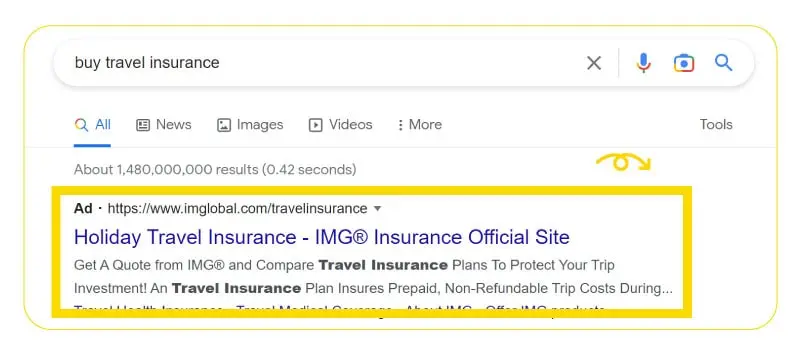
These are instances of one of the most popular native advertising formats right now. Paid search appear on SERPs (Search engine result pages) looking just like a normal result, with titles, links, descriptions, and other additional info.
Promotional listings
This type of native advertising appears mostly on e-commerce online shops like Amazon or Newegg and is the product search result equivalent of text-based paid search. When users search for something on an e-commerce website, they may see some promoted products on top of the search result.

Brands pay these websites to put their products on top of the search result, even if they shouldn’t appear on the first spot based on the website’s sorting approach.
Sponsored content
The modern form of advertorials is sponsored content. Companies collaborate with a third-party publication to run a long-form pieces of brand-sponsored content, like an editorial or a video. It’s much less salesy and pushy than other native ad formats and usually tries to tell a story and establish a deeper connection with the audience instead of just blatantly promoting a brand. It’s more engaging and encourages the audience to spend more time on it. Nevertheless, the sponsor’s name is always mentioned in the content and there’s always a call to action to help generate leads. Marks & Spencer’s sponsored article on Daily Mail is a top-notch example.
Content recommendation widgets
Recommendation widgets are classic examples of native advertising that have been around for a long time, but they’re still very popular among brands and advertisers. Most online publications like news websites put a “Recommended” section at the end of their article pages or on the side panels.

This section contain widgets to other articles that the reader might find interesting. They also contain promoted widgets that links to an advertiser’s website. Promoted widgets basically look the same as normal widgets.
In-feed ads
Social media apps are among the best hosts of native advertising thanks to their vast and diverse environment and interface. Native ads could appear in many places on a social app, but the most common one is the user’s feed. In-feed native ads look just like normal posts and appear right in the middle of the organic content users scroll through in their feeds.
Conclusion
Native advertising is arguably the best way to promote your business without annoying your audience and actually bring value to them. The high flexibility of it makes it really easy for platforms and networks to create new and better native ad formats. Being familiar with well-established and popular native formats in the market right now will help you choose the right kind for your business.
FAQs
What are the three common formats of native advertising?
Paid search, recommendation widget, and in-feed ads are three of the most common native advertising formats.
What are the different types of native ad formats?
Native advertising could have many shapes and forms depending on where it’s being served on, but the most common types of native ad formats are Paid search, recommendation widget, in-feed ads, sponsored content, and promotional listings.
What is the best native advertising format?
Each native ad format has its own pros and cons and it really depends on your advertising strategy, budget, and customer’s characteristics and level of buyer intent. For example, paid search is great for targeting people who are actively looking to buy something you offer, whereas recommendation widgets are good for prospecting and lead generation. A good way to discover the best native ad formats is getting help from a native ads spy tool.


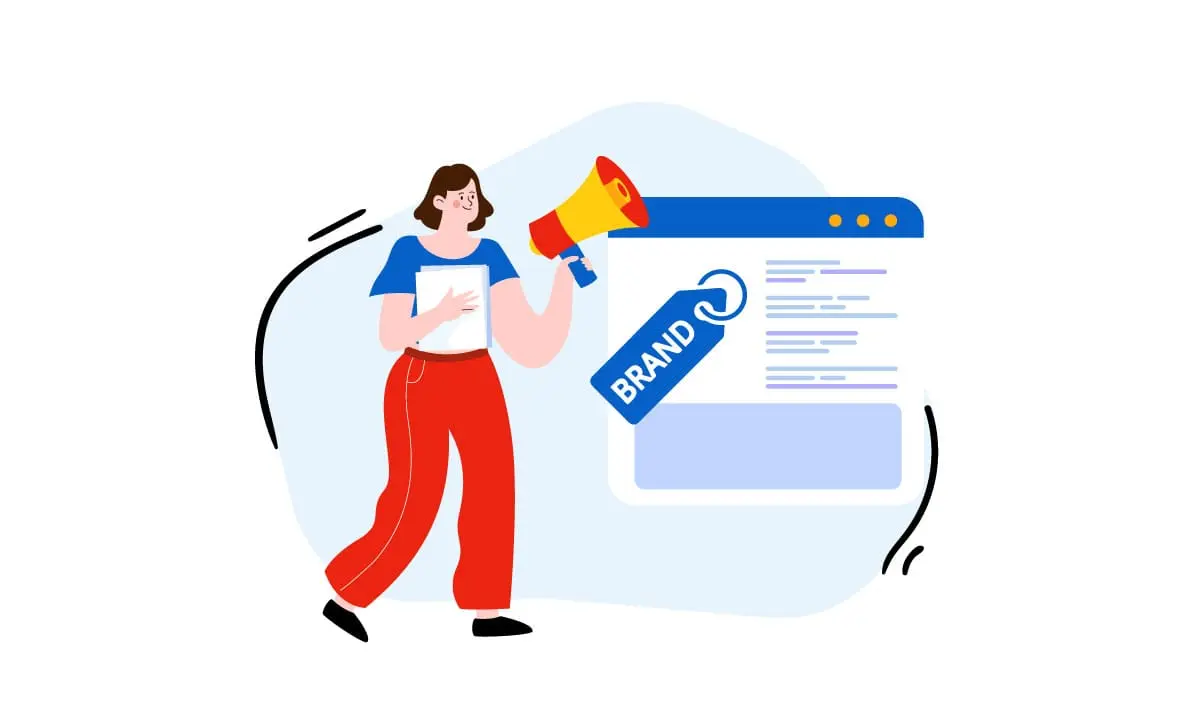



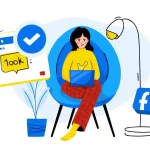
 Facebook Ads Spy Tool
Facebook Ads Spy Tool TikTok Ads Spy Tool
TikTok Ads Spy Tool